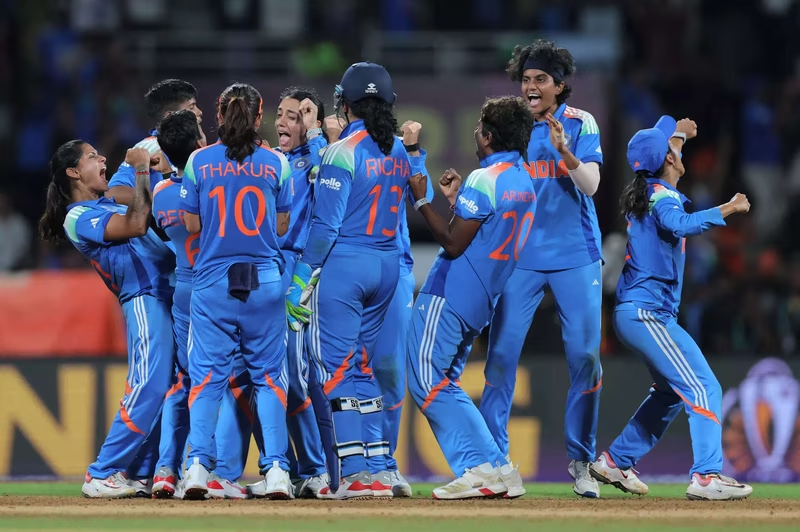When India’s women lifted the ICC Women’s World Cup 2025 trophy, it wasn’t just a victory—it was a watershed moment decades in the making. And according to 1983 World Cup legend Roger Binny, this triumph is the direct result of bold, long-term planning and visionary leadership, not just on-field brilliance.
Watershed Moment Built on Vision, Not Luck
“This is a watershed moment for Indian cricket,” Binny declared in a recent interview, his voice filled with pride usually reserved for his own 1983 glory days. But this time, the applause isn’t just for the players—it’s for the architects behind the scenes. At the top of that list? BCCI Secretary Jay Shah.
Binny credits Shah’s proactive, player-first policies for creating the fertile ground from which this historic win grew. “We must celebrate not just our champions, but the leadership that made their success possible,” he emphasized.
How the WPL Changed Everything
The Women’s Premier League (WPL) has been nothing short of revolutionary. Launched under Shah’s guidance, the WPL gave Indian women cricketers something they’d never had before: a consistent, high-stakes, televised domestic platform.
Before the WPL, talent often went unnoticed or underdeveloped due to a lack of competitive structure. Now, young stars like Shafali Verma and Richa Ghosh cut their teeth against global legends in packed stadiums and primetime broadcasts. This exposure built not just skill—but unshakeable confidence.
Equal Pay, Equal Respect
In 2022, the BCCI made a landmark move: equal match fees for men’s and women’s international cricketers. To many, it was symbolic. To Binny, it was strategic.
“When you tell a 14-year-old girl in Ranchi or Rajkot that she can earn the same as her male counterpart for representing India, you’re not just paying her—you’re giving her permission to dream big,” Binny said. That policy sent a powerful message: women’s cricket isn’t a side project—it’s central to India’s cricketing future.
Reviving the Domestic Pipeline
But the WPL and equal pay alone weren’t enough. The BCCI also overhauled the entire domestic structure—reigniting age-group tournaments, upgrading training facilities, and hiring specialized coaches for women’s teams across states.
This rebuilt pipeline ensured that by the time players reached the national camp, they were already battle-tested and technically sound. The result? A squad that played with cohesion, aggression, and tactical maturity rarely seen before in Indian women’s cricket.
Record-Breaking Impact Off the Field
The transformation wasn’t just visible on the pitch. The 2025 Women’s World Cup final drew record TV and digital viewership in India—surpassing several men’s bilateral series. Brands took notice, fans filled stadiums, and young girls flooded cricket academies.
This cultural shift, Binny argues, is just as important as the trophy itself. “Success isn’t just about winning. It’s about inspiring a generation. And that’s exactly what’s happening now.”
The Road Ahead
With momentum on their side, the focus now shifts to sustainability. Binny urges continued investment—not just in elite players, but in grassroots programs, school-level tournaments, and regional development hubs.
“One World Cup win is historic,” he said. “But building a legacy? That takes consistent support, vision, and the courage to keep investing long after the confetti settles.”
